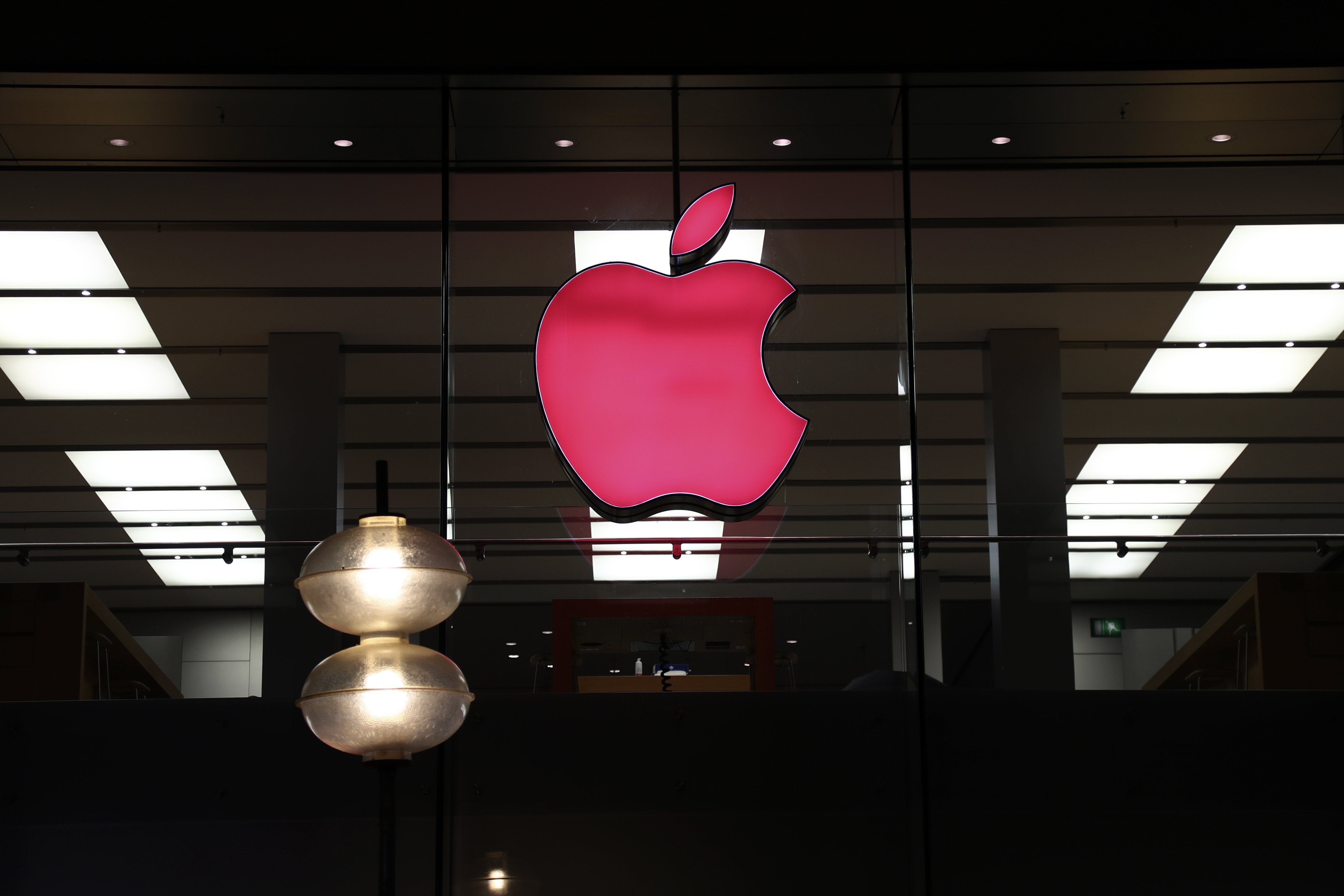I am writing this from Indonesia. Actually, that is not altogether a fair statement. I am at the moment in Bali and just came from Jakarta. The two together do not come close to being Indonesia. Jakarta, the capital, is a vast city that is striking to me for its traffic. It takes an enormous amount of time to get anywhere in Jakarta. Like most cities, it was not built to accommodate cars, and the mix of cars with motor scooters results in perpetual gridlock. It is also a city of extraordinary dynamism. There is something happening on almost every street. And in the traffic jams, you have time to contemplate those streets in detail.
Bali is an island of great beauty, complete with mountains, white beaches, blue waters and throngs of tourists. Since I am one of those tourists, I will not trouble you with the usual tourist nonsense of wanting to be in a place where there are no tourists. The hypocrisy of tourists decrying commercialization is tedious. I am here for the beaches, and they are expensive. The locals with whom tourists claim to want to mingle can't come into the resort, and tourists leaving the resort will have trouble finding locals who are not making a living off the tourists. As always, the chance of meeting "locals" as tourists usually define them - people making little money in picturesque ways - is not easy.
What is clear in both Jakarta and Bali is that the locals are tired of picturesque poverty, however much that disappoints the tourists. They want to live better and, in particular, they want their children to live better. We were driven by a tour guide to places where we bought what my wife assures me is art (my own taste in art runs to things in museums and tigers made of velvet). We spent the requisite money on art at places our guide delivered us to, I assume for suitable compensation.
The guide was interesting. His father was a rice farmer who owned some land, and now he is a tour guide, which in Bali, I gather, is not a bad job by any means if you have deals with the hotel (which he undoubtedly has). But it was his children who fascinated me. He had three sons, two of whom were in universities. The movement from rice farmer to university student in three generations is not trivial. That it happened with the leaders Indonesia had during that time is particularly striking, since by all reasonable measures these leaders have been, until recently, either rigidly ideological (Sukarno) or breathtakingly self-serving (Sukarno's daughter, Megawati).
When I looked at some of Indonesia's economic statistics, the underlying reason for this emerged. Since 1998, when Indonesia had its meltdown, the country's gross domestic product (GDP) has grown at roughly 5 percent per year, an amount substantial, consistent and above all sustainable, unlike the 8 and 9 percent growth rates before the collapse. Indonesia is now the 18th largest economy in the world, ranking just behind Turkey.
All of that is nice, but for this: Indonesia ranks 109th in per capita GDP. Indonesia's population is about 237 million. Its fertility rate is only 2.15 births per woman, just above a stable population - though being just above stable still means substantial growth. Indonesia is a poor country, albeit not as poor as it was, and its GDP continues to rise. Given its stable government and serious efforts to control corruption, which systemically diverts wealth away from the general population, this growth can continue. But whether the stability and anti-corruption efforts of the past six years can continue is an open question, as is the prosperity in Jakarta, the tourism in Bali (recall the jihadist attacks there in 2002 and 2005) and whether our guide's third son will receive a college education.
I saw three Indonesias (and I can assure you there are hundreds more). One was the Indonesia of Jakarta's elite, Westernized and part of the global elite found in most capitals that is critical for managing any country's rise to some degree of prosperity. Jakarta's elite will do well from that prosperity, make no mistake, but they are also indispensable to it. Another Indonesia was the changing one that our upwardly mobile tour guide saw through his children's eyes. The third was the one in which a little girl, perhaps four, begged in traffic on the road from the airport in Bali. I have seen these things in many countries and it is difficult to know what to make of them yet. For me, going to Indonesia is not the same as going to Eastern Europe. I know what is lurking under the current there. Indonesia is new for me, and I will be back. For now, let me describe to you not so much the country of Indonesia but how I try to learn about a place I know only from books (and even then relatively little).
Strategic Positions
Nietzsche once said that modern man eats knowledge without hunger. What he meant by that is that modern man learns without passion and without necessity. I didn't go to Indonesia without either. What interests me most about Indonesia is not its economy or its people - although that might change as I learn more. What interests me now is Indonesia's strategic position in the world at this point in time.
To determine that position, we must first look at China. China is building an aircraft carrier. Now, one aircraft carrier without cruisers, destroyers, submarines, anti-missile systems, satellite-targeting capabilities, mid-ocean refueling capabilities and a thousand other things is simply a ship waiting to be sunk. Nevertheless, it could be the nucleus of something more substantial in the coming decades (not years).
When I look at a map of China's coast I am constantly struck by how contained China is. In the north, where the Yellow and East China seas provide access to Shanghai and Qingdao (the home of China's northern naval fleet), access to the Pacific is blocked by the line of Japan-Okinawa-Taiwan and the islands between Okinawa and Japan. Bases there are not the important point. The important point is that the Chinese naval - or merchant - fleet must pass through choke points that can be controlled by the United States, hundreds of miles to the east. The situation is even worse for China in the South China Sea, which is completely boxed in by the line of Taiwan-Philippines-Indonesia-Singapore, and worse still when you consider the emerging naval cooperation between the United States and Vietnam, which has no love for the Chinese.
The Chinese are trying to solve this problem by building ports in Pakistan and Myanmar. They say these are for commercial use, and I believe them. Isolated ports at such a distance, with tenuous infrastructure connecting them to China and with sea-lane control not assured, are not very useful. They work in peacetime but not during war, and it is war, however far-fetched, that navies are built for.
China's biggest problem is not that it lacks aircraft carriers; it is that it lacks an amphibious capability. Even if it could, for example, fight its way across the Formosa Strait to Taiwan (a dubious proposition), it is in no position to supply the multi-divisional force needed to conquer Taiwan. The Chinese could break the blockade by seizing Japan, Okinawa or Taiwan, but that isn't going to happen.












